Making Sense Out of the 5 IMSA Classes at the Rolex 24 at Daytona
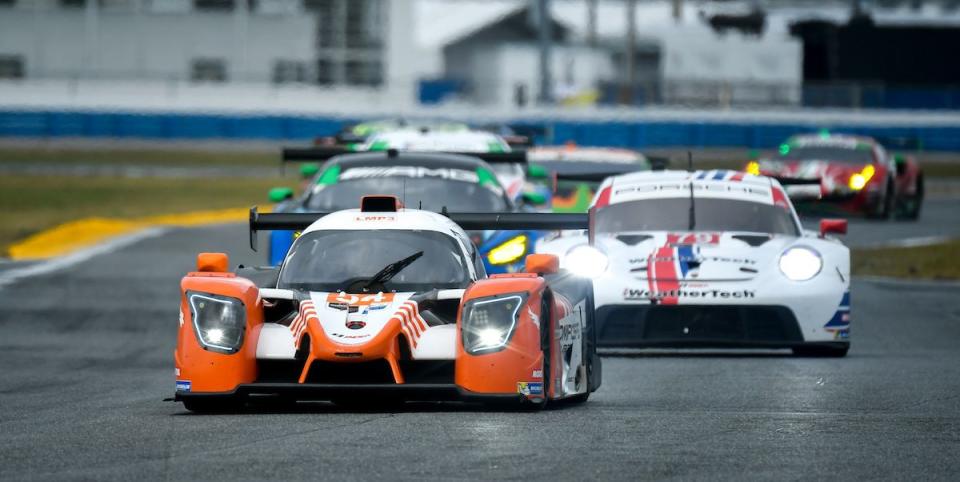
Five classes of cars will compete on track at the same time at the Rolex 24 Hours at Daytona, January 30-31 at Daytona International Speedway.
The DPis have the drivers who may be the most familiar, including NASCAR seven-time Cup champion Jimmie Johnson, current NASCAR Cup champ Chase Elliott, perennial IndyCar champ Scott Dixon, and fresh-from-Formula 1 Kevin Magnussen.
GT Daytona is the largest class with 19 entries, which are easily confused with GTLM cars, but it’s easy to memorize the six GTLM cars.
Watch the 2021 Rolex 24 at Daytona this weekend—whether in person, or on TV or your computer—and unless you are a diehard, dedicated fan, you will be confused.
We’re diehard, dedicated fans, and we’ll be confused. Here’s why:
There was a time when the predecessor of the IMSA WeatherTech SportsCar Championship, the NASCAR-owned Grand-Am series, had two classes: The Prototypes, which look nothing like cars you are used to seeing because they are made from scratch, and the GT, or Grand Turismo class, which looked very much like street cars, because that’s how they started out. Two classes to remember—the fast cars, and the not-so-fast cars.
Then the Grand-Am series absorbed its rival, the American Le Mans Series, and an attempt to blend the two series into one resulted in more classes, more confusion. Last year, we were up to four classes, and this year, we’re up to five. Three of them look very much alike, and the other two look pretty much alike.
This shouldn’t affect your enjoyment; just look for good battles on the track while keeping up with the leaders. The announcers will help with that, as will LED-type numbers on the side that tells what position, within its own class, not overall, a car is in. Headlights are also different colors, but that may just confuse a rookie fan.
Fastest to slowest, here are the five classes on the IMSA WeatherTech SportsCar Series;
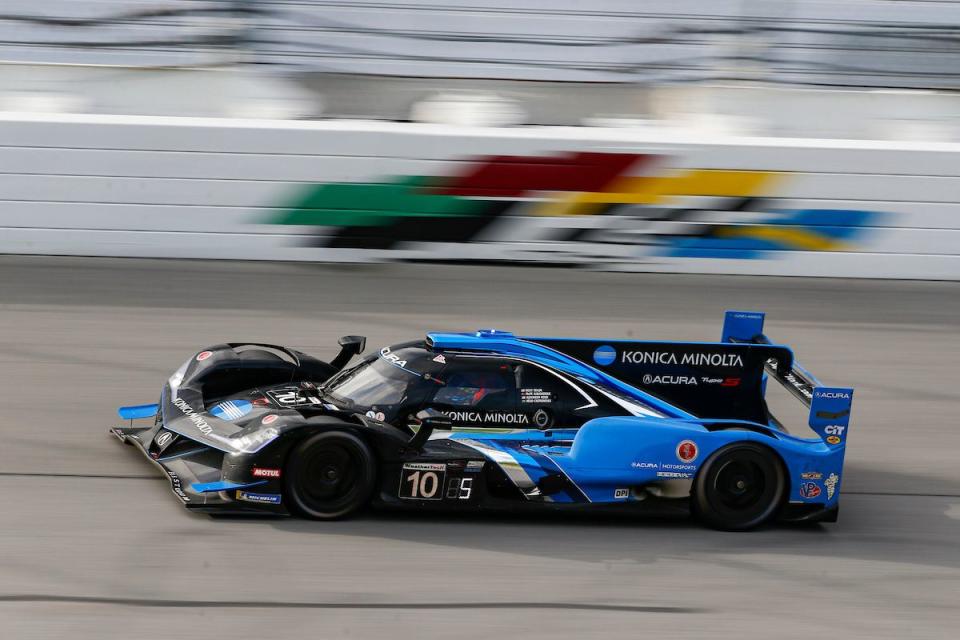
• Daytona Prototype international (DPi) will have seven entries, four Cadillacs, two Acuras and a Mazda. They all sound different—the Cadillacs have naturally-aspirated V-8s, the Acuras have turbocharged V-6s, and the lone Mazda (there have always been two before at Daytona) has a turbo four-cylinder. Yet the IMSA Balance of Performance formula makes sure all three are about the same speed.
The DPis have the drivers who may be the most familiar; NASCAR seven-time Cup champion Jimmie Johnson in the No. 48 Ally car, current NASCAR Cup champ Chase Elliott is in the 48’s team car, the No. 31 Whelen car, both Cadillacs. Perennial IndyCar champ Scott Dixon is in the No. 01 Cadillac; one of his teammates is fresh-from-Formula 1 Kevin Magnussen, son of longtime racer Jan Magnussen. IndyCar’s Helio Castroneves is in the No. 10 Konica Minolta Acura, with Indy 500 winner Alexander Rossi. IndyCar’s Juan Pablo Montoya is in the No. 60 Acura, along with NASCAR’s A.J. Allmendinger.
There are plenty of other famous drivers, too: Peruse the entry list to check them out: 2021_IWSC_Rolex24_PreEventEntryList.pdf (imsa.com)
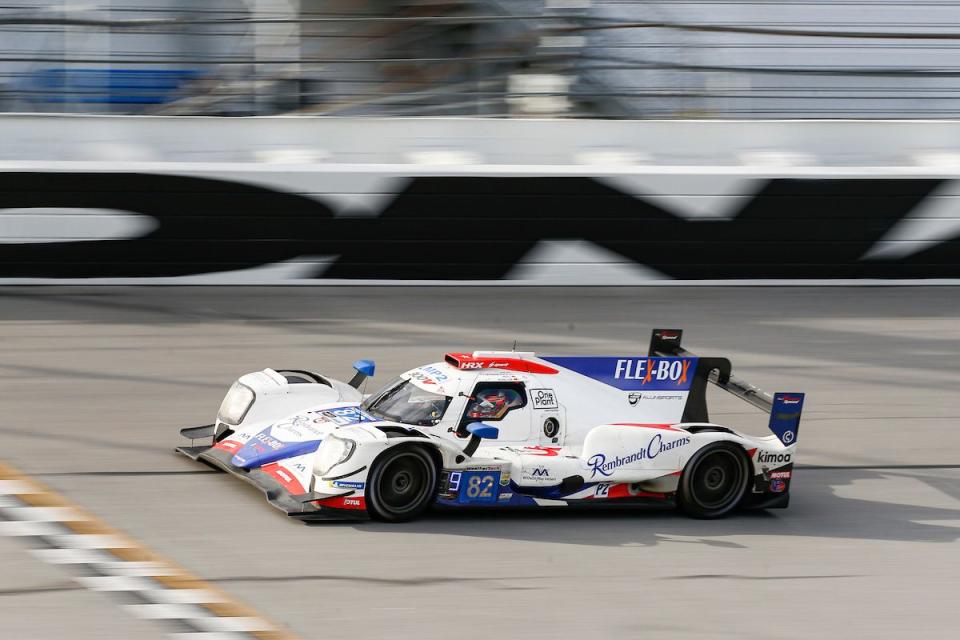
The overall winner will come from the DPi ranks. The other four winners will win their class – they only race among themselves, not with everybody else on the track.
• Le Mans Prototype 2, or LMP2, is one of the classes that came over from the American Le Mans Series. Unfortunately they look so much like the DPi cars that its confusing, but the 10 LMP2 cars will be running their own race, though they are so fast that they could be mixing it up with the DPi cars, which are only one or two seconds faster than the LMP2 cars on the 3.56-mile road course located inside the Daytona International Speedway oval that will host the NASCAR Daytona 500 in a few weeks.
The LMP2 class won’t be as big as the year goes on as some of the P2 teams are from overseas, and they’ll go back home to race. Every one of the LMP2 teams has at least one foreign driver, some much more—of the 40 drivers (four per car), only 10 are from the U.S., including Daytona 500 winner Austin Dillon in the No. 51 RWR-Eurasia car. This just shows what an international event the Rolex 24 is.
All the LMP2 cars, by the way, are powered by British-built Gibson V-8 engines, and consequently pretty much sound alike.
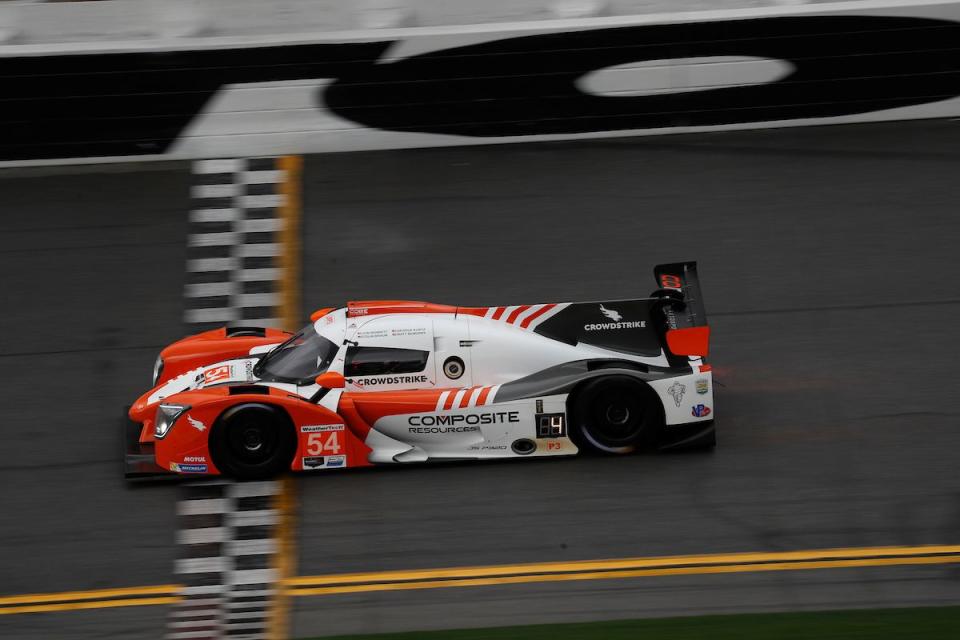
• Le Mans Prototype 3, or LMP3, has been around for a few years but have only raced against themselves. While there are still LMP3-only races, those who want to have been allowed into the Big Show this year. Problem is, at speed, while they are a bit smaller, they still look a lot like the other two Prototype classes.
LMP3 is something of an entry level class for newer drivers, and a popular place for gentlemen, i.e. non-professional drivers, but the seven LMP3 cars have quite a few pros like Gabby Chaves, Spencer Pigot, Colin Braun, Joao Barbosa and Jeroen Bleekemolen. It is unfair to call the LMP3 class field-fillers, but they did help bolster the entry list to 49. All the LMP3 cars are powered by Nissan V-8s, and use two different chassis manufacturers. Two of the cars, Nos. 74 and 91, are fielded by Bill Riley of the famed Riley & Scott race shop.
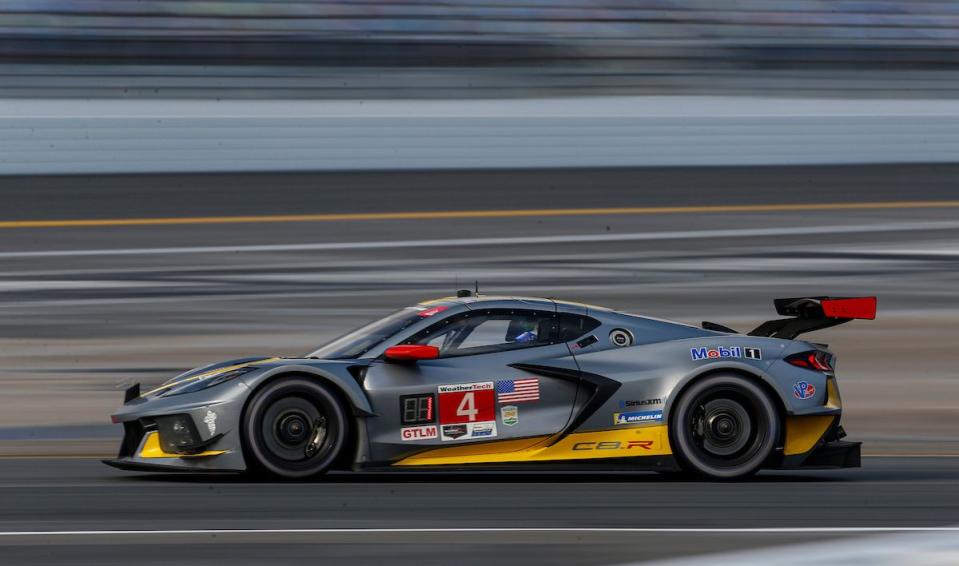
• GT Le Mans is the faster of the two, actual car-based classes. They typically use all pro drivers and are at least partly funded by the car manufacturers, such as the Nos. 3 and 4 Chevrolet Corvette C8.R, and the two Team RLL BMW M8 GTEs. There’s also the No. 62 Risi Ferrari 488 GTE and a Porsche 911 RSR-19, the number 79 WeatherTech Racing entry.
Porsche had two factory cars in the field last year, but pulled out, so Cooper MacNeil, a very good gentleman driver, is running this Porsche on WeatherTech’s dime, and finished a very respectable third in last Sunday’s Motul Pole Award 100 qualifying race.
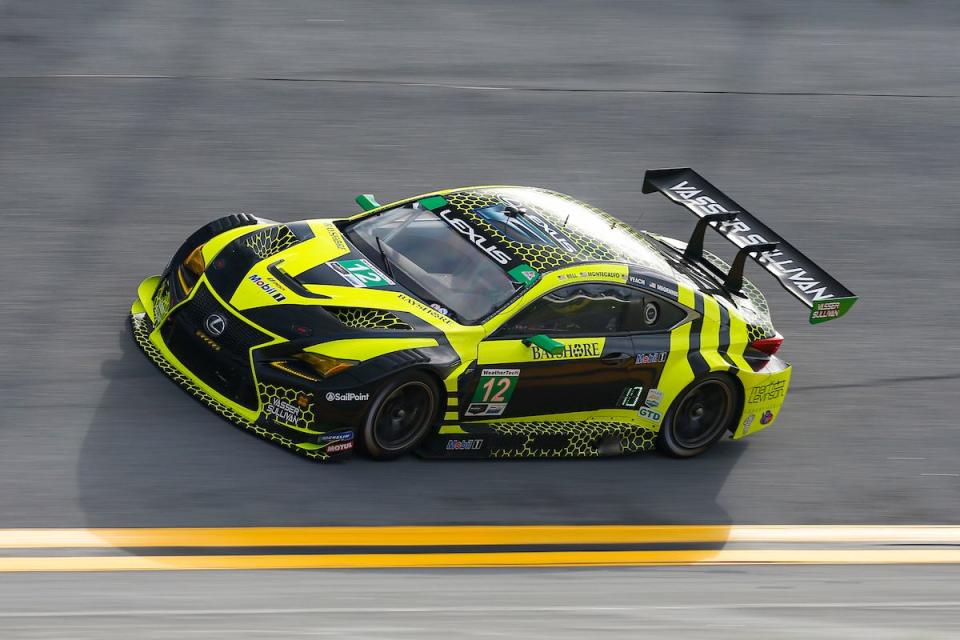
• GT Daytona is the largest class with 19 entries, which are easily confused with GTLM cars, but it’s easy to memorize the six GTLM cars, meaning all the other factory-based cars are the (considerably) slower GTDs.
GT Daytona is usually the most competitive class, changing leaders multiple times during the 24 hour race, with the victory often going to the tortoise rather than the hare. The Rolex 24 is not called an endurance race for nothing, and making it to the end is a victory in itself. Factory-backed cars are not allowed in GTD, but factory-affiliatedcars are, such as the Lexus No. 12 and 14.
Besides the Lexus RC F GT3s, you’ll see Ferraris, Lamborghinis, Porsches, Aston-Martins, Mercedes AMGs and a BMW. Possibly the hardest job the GTD drivers have is staying out of the way of the DPi and LMP2 cars, and some of them do a better job than others—especially at 4 a.m.
One race, five classes, 15 cars on the podium. Is it possible that the IMSA WeatherTech Series has a few too many classes? We love to read what you think in the comments section below.

 Yahoo Autos
Yahoo Autos 